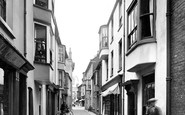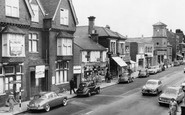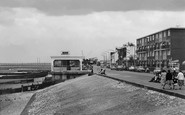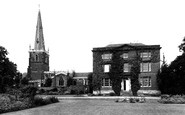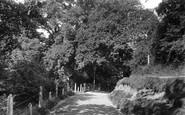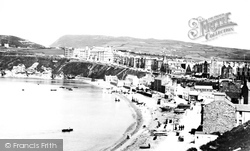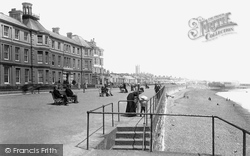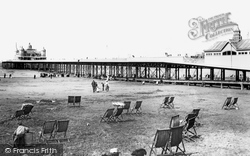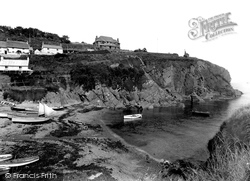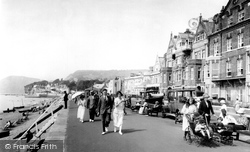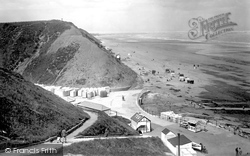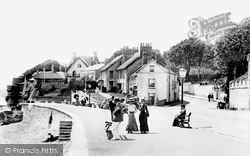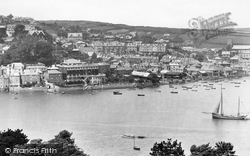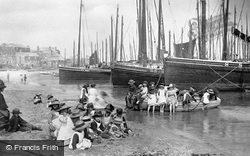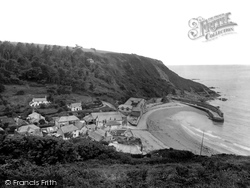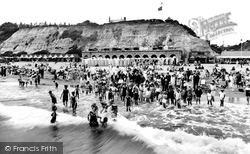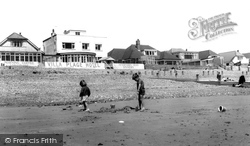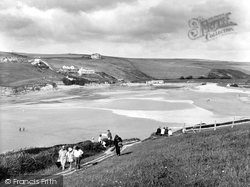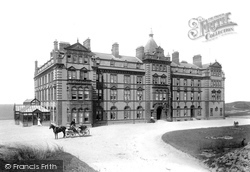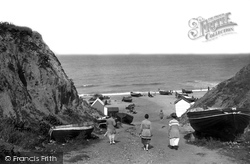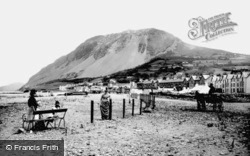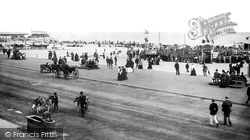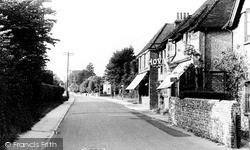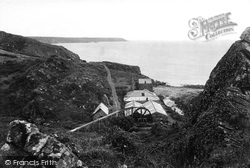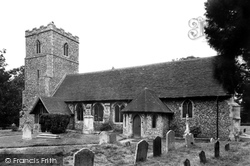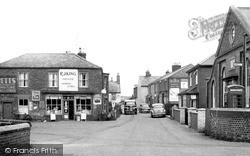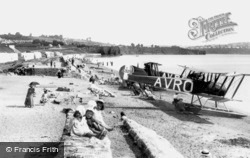Places
12 places found.
Those places high-lighted have photos. All locations may have maps, books and memories.
Photos
191 photos found. Showing results 501 to 191.
Maps
115 maps found.
Books
1 books found. Showing results 601 to 1.
Memories
1,374 memories found. Showing results 251 to 260.
The Pines
What is now The Pines garden was a small holding to Miss Upjohn, she kept chickens, pigs and goats. I worked for her for about 2 years, walking from Deal each day. Most days I would take the goats (nannys) down to the beach ...Read more
A memory of St Margaret's Bay in 1952 by
The Pier And Esplanade
I was born in Sudley Road nursing home, Bognor, and we lived in Nyewood Lane, but I used to stay frequently with my grandmother in her flat a couple of hundred yards from the Royal Norfolk Hotel. One of my earliest ...Read more
A memory of Bognor Regis in 1946 by
The People Of Kilfinan
The year my mum and dad got married in Kilfinan Church. My mum was born and brought up in Kilfinan Post Office where my granny, Mrs Maclachlan was the post mistress for many of my childhood years. I don't actually remember ...Read more
A memory of Kilfinan in 1951 by
The Pedlar's Pack, Jetty Street, Cromer
The mother of my work friend, John Wallace, owned the flat over what used to be the Pedlar's Pack. We often rode to Cromer from Leicester on our motorcycles and spent weekends there. On one notable occasion ...Read more
A memory of Cromer in 1974 by
The Passing Of Trixie Olding.
Mabel (Trixie) Olding passed away on the 14th January 2012 at Two Beeches Nursing Home Wallis Road, Waterlooville at nearly 96 years of age. Prior to her being admitted to Two Beeches NH, Trixie lived for many ...Read more
A memory of Waterlooville by
The Passenger Shelter Was Opposite The End Of Bryant Avenue.
A great view of another of the old Tram Stations, which had become Bus Shelters, and places for sunseekers to enjoy the view out of any wind. I see from Google Earth that the structure has been greatly modified, and has now in 2014 become a Beach Café.
A memory of Thorpe Bay by
The Outdoor Pool
Spending all day at the pool/beach when I was a kid. Would go in the sea, run along to the pool, jump in the shallow end ( cos you were getting a bit cold by this time ) and bliss, it was like being in a sauna. mmmmm Hurrying ...Read more
A memory of Burntisland in 1972 by
The Old Rectory, Now Called
It was Dec 1965, and my sister Ellen Blackham and I sailed to England from Perth, Western Australia, to spend time with my sister Doris Whitby. Doris and her husband Roy had purchased The Old Rectory in the late 1950s. ...Read more
A memory of Asfordby in 1965 by
The Lovely Long Ago
My husband was born in Albert Road, Penarth 1943 and used to speak of loads of old tanks left to rot away in fields. Also some sort of tunnel that was later blocked off. He would have walked to the beach down this road. He used to ...Read more
A memory of Penarth by
The Long Walk To Hire A Trike
Millport to me was, as I'm sure it was to most who have visited over the years a place where cars were few and pedal power ruled. All my memories of Millport as a child involved a long walk over the hill from the ferry, ...Read more
A memory of Millport in 1980 by
Captions
1,131 captions found. Showing results 601 to 624.
The cottages and buildings along the beach belong to the earliest settlement, while the later Victorian developments are strung out along the higher ground.
A lady with a pram attends her child, while a few people are on the beach below. The major building is the Queens Hotel.
The trackway used in its construction can still be seen on the beach.
The sails in the after parts of the boats drawn well up onto the beach are raised, assisting them to dry.
As the railway did not arrive until 1874, the town remained unspoilt by mass tourism, especially as the beach was shingle.
The little beach huts and tearooms look cosy enough sheltering under the cliff, but as the name implies it would be a different matter on the cliff top.
The sea wall was constructed in 1835 and the shingle beach can be clearly seen. Overlooking the sea are some fine old cottages, exuberant in design and with bulging thatch.
With only a small beach to boast of it never attracted hordes of holidaymakers. The 19th-century church (right) is Holy Trinity.
This delightful scene shows a group of youngsters enjoying the harbour beach. Behind them are classic St Ives fishing boats, known as luggers because the type of sail they used was called a lug sail.
The old limekiln stands on the beach between the curving pier and the fish palace.
Beach huts, which could be rented on a weekly basis, have become a feature of the seaside scene.
The lack of people on this quiet beach at Elmer, near Bognor Regis, does not appear to distract from the enjoyment of these two young children.
This modest resort of broad beaches and spectacular rock scenery can be reached along the sands from Newquay.
Opened in June 1900, the immense hotel block dominates Fistral Beach on the edge of Newquay. A horse and open carriage are about to take guests on an excursion.
At East Runton you could walk out along broad stretches of beach and enjoy digging for fossils in the soft cliffs, a pastime made popular by the Victorians.
The beach vans indicate where the sands actually start!
On the right is the seated enclosure for the Beach Concert Party, whose playbills offered 'a unique performance of songs, amusements, minstrels, magic and performing dogs!'
This isolated church near a beautiful beach was probably established during the 6th century, but not built in stone until after 1300.
All along the coastal belt, but rarely extending more than a few miles inland, rounded beach flints or cobbles were used for walls and every type of building.
Lying to seaward of Poltesco, the rocky little beach of Carleon Cove had its own pilchard fleet until the 19th century, when it became the home of the Lizard Serpentine Company.
This was restored in 1875 and faced with beach pebbles, and a curious vestry was added to the south side. Internally the beams that supported the rood screen can still be seen.
This photograph shows the village end of the Beach Road, with two general stores, both carrying many advertisement signs.
that 'Redcar is adapted to the debilitated class of invalids not only by reason of its powerful tonic atmosphere and excellent bathing, but because of the natural facilities offered by its extensive beach
Seaplanes from the newly-formed Royal Air Force are pulled up on the beach - perhaps being used either for recruitment or anti-submarine duties.
Places (12)
Photos (191)
Memories (1374)
Books (1)
Maps (115)

